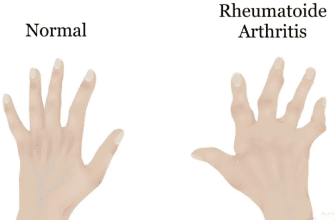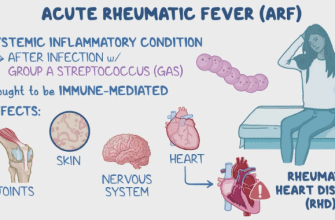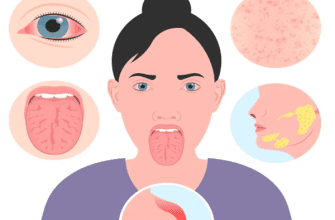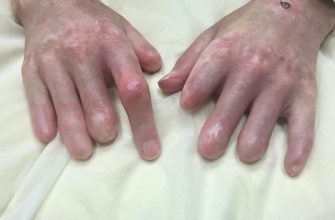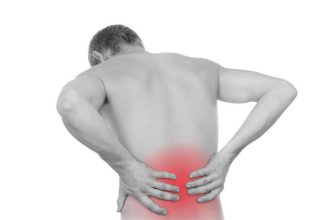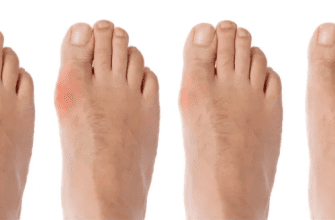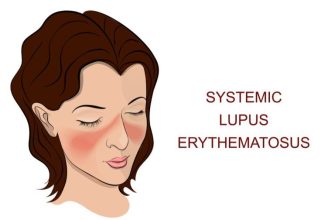What are Esophageal Burns?
Esophageal burns, also known as caustic esophageal injuries, occur when a harmful chemical substance is swallowed, damaging the lining of the esophagus. These are serious medical emergencies that can lead to immediate life-threatening complications and severe long-term consequences, including strictures (narrowing) and an increased risk of cancer.
Types & Causes
Burns are categorized by the type of agent swallowed:
- Alkali Burns (e.g., Lye, Drain Cleaners, Sodium Hydroxide):
- Most Common and Dangerous. Alkalis cause a liquefactive necrosis, meaning they dissolve and melt tissue, allowing deep penetration and severe damage through the esophageal wall. This often leads to perforation and later, severe strictures.
- Acid Burns (e.g., Battery Acid, Toilet Bowl Cleaners, Sulfuric Acid):
- Acids cause a coagulative necrosis, which forms a hard scar (eschar) that can sometimes paradoxically limit deeper penetration. However, they are extremely damaging and are more likely to cause severe damage to the stomach.
- Other Agents: Bleach (household hypochlorite) typically causes superficial irritation rather than deep burns, but can still be harmful. Button battery ingestion is a unique emergency, causing burns from an electrical current that hydrolyzes tissue fluids, leading to severe damage in just 2 hours.
Symptoms
Symptoms can vary based on the substance and amount ingested.
- Immediate Symptoms:
- Severe oral, throat, chest, or abdominal pain
- Difficulty swallowing (dysphagia) and pain on swallowing (odynophagia)
- Drooling and inability to handle secretions
- Vomiting, often with blood (hematemesis)
- Hoarseness, stridor (noisy breathing), and coughing (indicating airway involvement)
- Later Symptoms (indicating complications):
- Worsening difficulty swallowing due to stricture formation
- Fever and chest pain (signs of perforation or infection)
- Signs of infection or sepsis
Warning Signs & When to See a Doctor
This is a dire emergency. Call 911 or go to the nearest Emergency Room immediately if you suspect someone has swallowed a caustic substance.
- DO NOT induce vomiting, as this will re-expose the esophagus to the corrosive agent.
- DO NOT try to neutralize the chemical (e.g., giving an acid for a base), as this can cause a violent exothermic reaction that worsens the injury.
- The only recommended first aid is to take small sips of water or milk immediately after ingestion only if the person is conscious and able to swallow, to dilute the substance. This is not a substitute for emergency care.
Diagnosis
Diagnosis and assessment of severity are critical and happen in the ER:
- History: Identifying the agent, its concentration, and the amount ingested is crucial.
- Physical Examination: Checking for burns to the lips, mouth, and throat. Assessing for signs of airway compromise or perforation.
- Endoscopy (EGD):This is the most important diagnostic step. It is typically performed within 12-24 hours to directly visualize the extent of the damage to the esophagus and stomach. The depth of the injury is graded (e.g., Zargar’s classification) to guide treatment and predict outcomes.
- Grade 1: Superficial injury (good prognosis).
- Grade 2a: Deep ulcers, but circumferential (risk of stricture).
- Grade 2b: Deep, circumferential ulcers (high risk of stricture).
- Grade 3: Full-thickness injury with necrosis (risk of perforation).
- CT Scan: May be used to assess the depth of injury and check for complications like perforation.
- Chest X-ray: To check for signs of perforation (air in the mediastinum).
Treatment
Treatment is staged from immediate life-saving measures to long-term management.
- Immediate/Emergency Care:
- Secure the airway first; intubation may be required.
- NPO (Nothing by Mouth): The patient is not allowed to eat or drink.
- IV fluids, pain management, and nutritional support (often through a nasojejunal tube or IV).
- Prophylactic antibiotics are often given for severe burns to prevent infection.
- Corticosteroids are controversial. They are no longer routinely recommended by most American guidelines as they have not been proven to prevent strictures and may increase the risk of infection.
- Treatment of Complications:
- Perforation: Requires emergency surgery.
- Strictures: The primary long-term complication. Treated with repeated endoscopic dilation (stretching the esophagus). This can be a long and difficult process.
Types of Surgery
Surgery is reserved for the most severe cases:
- Emergency Surgery: For perforation or full-thickness necrosis (Grade 3 injury). This involves removing the dead esophageal tissue (esophagectomy) and stomach (gastrectomy). Reconstruction is complex.
- Reconstructive Surgery: For patients who develop irreversible, long strictures that cannot be managed with dilation. The esophagus is replaced using a segment of the colon or part of the stomach pulled up into the chest (gastric pull-up). This is a major, high-risk operation.
Prognosis
The prognosis depends entirely on the agent, amount, and grade of injury.
- Grade 1 injuries usually heal completely without sequelae.
- Grade 2 and 3 injuries have a high risk of long-term complications, primarily strictures, which require lifelong management with repeated dilations.
- Long-term Cancer Risk: Severe burns significantly increase the risk of squamous cell carcinoma of the esophagus decades later, requiring lifelong endoscopic surveillance.
Prevention
Prevention is paramount. This involves:
- Keeping caustic chemicals in their original, child-proof containers.
- Storing them completely out of sight and reach of children, preferably in a locked cabinet.
- Never transferring them to food or drink containers (like water bottles).
- Proper disposal of button batteries and household chemicals.
